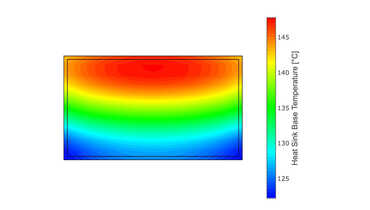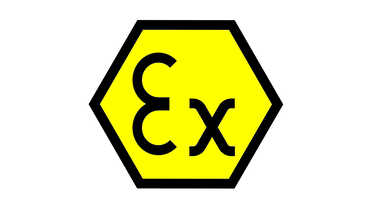As a product owner in the touch monitor industry, you've likely faced the challenge of screen visibility in various lighting conditions. The quest for a perfectly clear display is a common one, and it often leads to the consideration of anti-reflective coatings. However, what if we told you that anti-reflective coatings might not be the panacea you’re seeking, especially for outdoor touch monitors? At Interelectronix, we have extensive experience in the intricacies of touch screen technology and understand the unique challenges faced by our clients. Let's dive deep into why coatings like anti-glare and antireflective may not be the best solution and explore better alternatives to enhance your touch screen readability.
Why Anti-Reflective Coatings Don't Make much Sense on Outdoor Touch Monitors
Anti-reflective (AR) coatings are designed to reduce glare and reflections on glass surfaces, improving visibility. They work well on non-touch monitors, where the most reflective layer is usually the front glass. However, touch monitors are different. They come with a unique challenge: the ITO (Indium Tin Oxide) coating used in touch sensors. This coating is not just one but often two layers, and these metallized layers are inherently reflective. Therefore, applying an AR coating on the front glass of a touch monitor does little to mitigate the reflections caused by the ITO layers. This is one reason why we at Interelectronix use SITO single layer sensors only.
The Role of ITO Coating in Touch Sensors
ITO coatings are essential for the functionality of touch sensors. They conduct electrical signals and enable the touch functionality that is so critical to modern touch screens. However, the reflective properties of these coatings present a significant challenge. Even if the front glass has an AR coating, the reflections from the ITO layers underneath can still degrade the display quality. This means that the effectiveness of AR coatings is severely limited in touch monitors.
Optical Bonding: A Superior Solution
Instead of relying on AR coatings, optical bonding presents a much more effective solution for improving the visibility of touch screen monitors. Optical bonding involves adhering the touch panel to the display with a layer of optical-grade adhesive. This process eliminates the air gap between the layers, significantly reducing internal reflections and increasing the overall clarity of the screen. Additionally, optical bonding enhances the durability of the display, making it more resistant to shocks and vibrations.
High Brightness Displays: Enhancing Visibility
Another effective strategy for improving the visibility of touch screens is to use high brightness displays. Increasing the brightness of the screen can help to overcome the reflections caused by the ITO layers. High brightness displays are particularly useful in environments with strong ambient light, such as outdoor settings or brightly lit indoor spaces. By boosting the display's luminance, the screen remains readable even in challenging lighting conditions.
Combining Optical Bonding and High Brightness Displays
For the best results, combining optical bonding with high brightness displays can provide a comprehensive solution to the visibility issues of touch monitors. Optical bonding reduces reflections and enhances durability, while high brightness ensures that the screen is readable in various lighting conditions. This combination addresses the root causes of visibility problems more effectively than AR coatings ever could.
Interelectronix – Your Partner in Touch Screen Solutions
At Interelectronix, we understand the complexities of touch screen technology and the specific needs of your applications. While anti-reflective coatings may seem like an attractive option, they fall short in addressing the unique challenges posed by the reflective ITO layers in touch monitors. By focusing on solutions like optical bonding and high brightness displays, we help you achieve superior visibility and durability for your touch screen products. Reach out to us to explore how we can enhance your touch screen displays and provide the best possible experience for your users.




